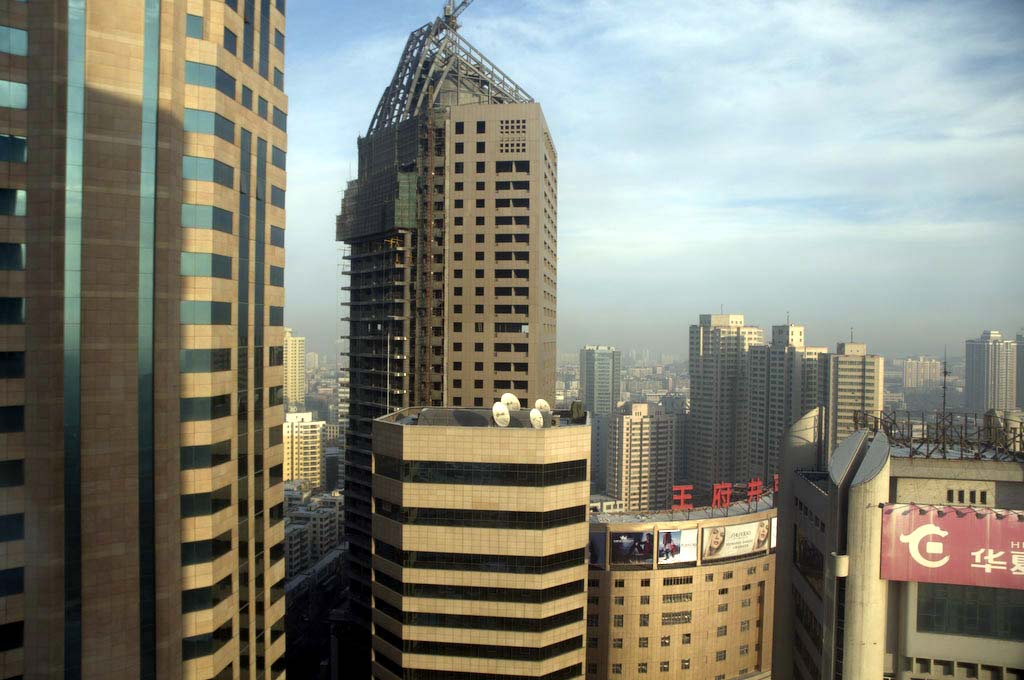There is but one time in China – 8am is, well, 8am from Beijing to Urumqi and beyond. despite spanning the geographic equivalent of several time zones. The net result in a city such as Urumqi lives to form of dual time keeping – state-run organisations such as train stations, airports, and post offices run on the official time, whilst retail outlets, restaurants and pretty much everything else is in tune to local daylight hours.
For interface designers: whether and how to support official and unofficial times?
Other ways that people tweak time? The relatively common practice of trying to ‘buy time’ by setting one’s watch or alarm clock a few minutes ahead of the actual time; inter-city drivers trying to talk up the time it takes to travel between two points to talk up an all inclusive fare; setting meeting’s ahead of time to account for late arriver’s.
It will be interested to see how the widespread availability of personal positioning data will affect the future perfect of time keeping – you’ll know it takes 12 hours to travel by taxi from Ashgabat and Bukhara because you draw on the last ten years of automatically logged data against current local weather and road conditions supplied by the driver and negotiate accordingly. In a world of published accurate positioning we’re all bit players of a giant time and motion study. Opportunities, opportunities. But for whom?
